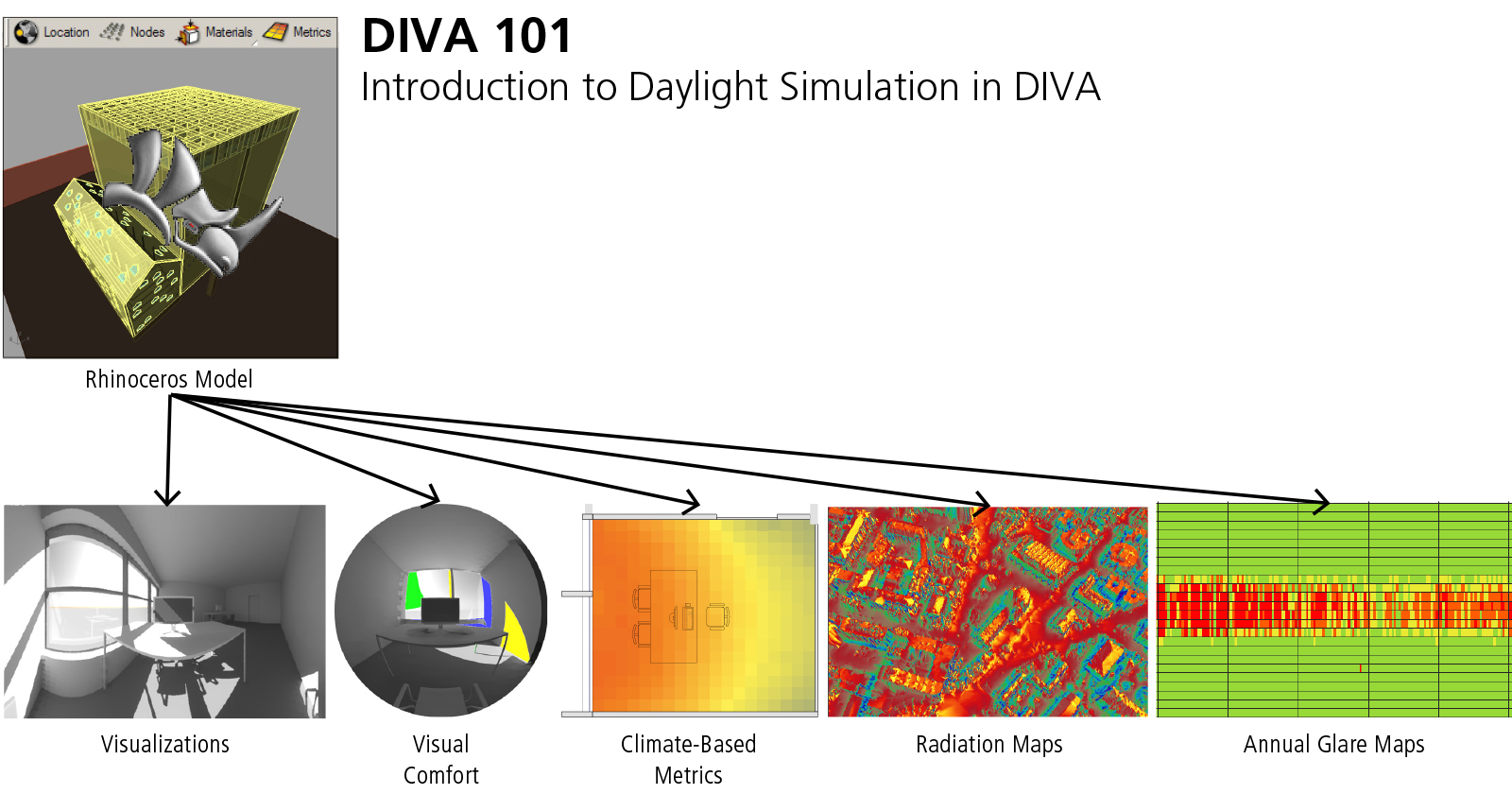
Initially, we were baking all of the geometry and text into Rhino and then rendering it, but later realized it was much faster to use the ViewCaptureToFile command. To get around this we collected text from various parts of the Grasshopper definition and then displayed that text in the viewport using our analysis key definition. In the above animation there were over 40 simulations which would’ve meant a lot of bookkeeping and data entry. Normally, we would do this manually in something like InDesign if we only had a handful of simulations to run. Using techniques similar to those we used for exploring the panel geometry of the Cleveland Medical Mart, we were able to get the definition to iterate through each analysis on its own so that we could set it to run overnight.Ī challenge that came out of this process was creating all of the annotations for each iteration. The advantage of using a tool like Grasshopper is that we can automate most if not all of the simulation process. It is important to get both clients and designers to look at these graphics as a tool for improving the design rather than just another form of documentation.* The general rule is that bright colors correspond to higher illuminance levels or better daylight distribution, but we’ve also found that it can be useful to use different color gradients for different metrics so that it is obvious to the viewer that we’re showing something different.
#Diva for rhino crack how to
Yes, we want people to look at what we show them, but it’s also important that they understand how to read the graphics. They never fail to get people excited even if the viewer has no idea what they’re depicting. The first thing you’ll notice from the above animation is that false color graphics are awesome. An example of this is a study we ran with DIVA that looked at the relationship between ceiling height, window size, percent glazing and a floorplate’s Useful Daylight Index(UDI). Looking at a design’s daylighting performance in this way can help to identify the overall effectiveness of a daylighting solution and give an idea of potential energy savings. One of DIVA’s capabilities is to run DAYSIM climate-based metrics, such as Useful Daylight Index(UDI) and Daylight Autonomy(DA), which use weather data to calculate lighting performance over the course of the entire year. With this approach it often is possible to tease out patterns of performance which can help in developing a better intuition about how to find an optimized solution to a problem.


We’ve found that we tend to learn more about a design problem when we look at a large number of iterations as opposed to just choosing the best of three. The DIVA plugin is being developed by Harvard University’s GSD-Squared Research Initiative and we are greatly appreciative of their efforts to make daylight simulation more accessible.ĭIVA stands for Design Iterate Validate Adapt which is similar to the approach that we take with parametric modeling. We’ve been playing around with the DIVA plugin for Rhino and Grasshopper for the past month and wanted to share some of our experiences.


 0 kommentar(er)
0 kommentar(er)
